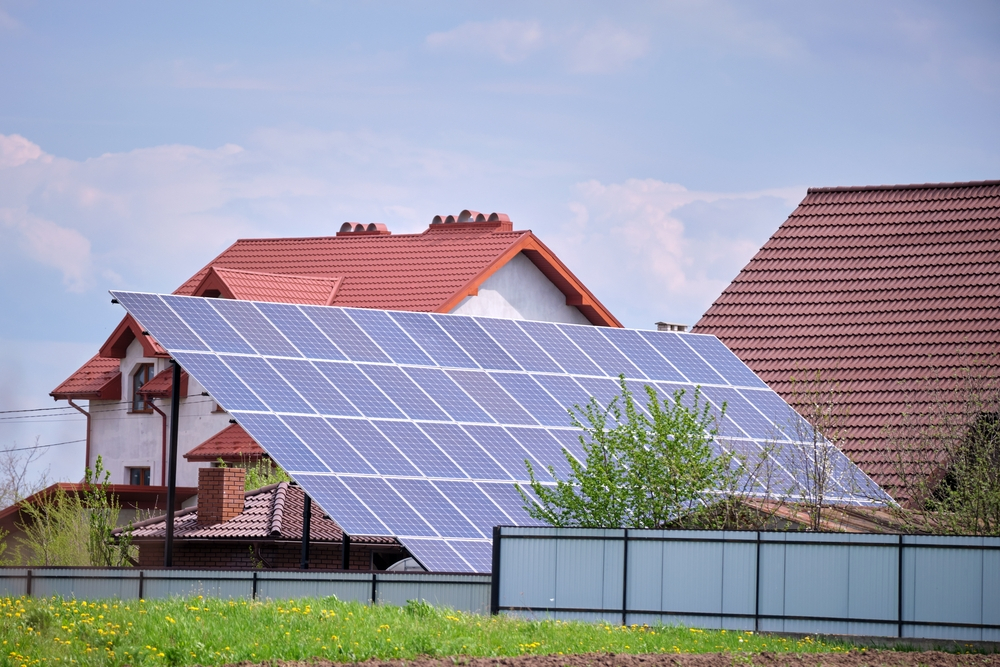Challenges and Opportunities in Stand-Alone Power Systems
Challenges and Opportunities in Stand-Alone Power Systems
Feb 27, 2024

As the world strives for sustainable solutions, the emergence of Stand-Alone Power Systems (SPS) has become a crucial player in the energy sector. Electricians are leading this shift towards decentralised power generation, moving away from traditional distribution networks. SPS presents a unique set of challenges and opportunities in the range of energy provision. Here’s a breakdown:
Challenges:
- Reliability: Maintaining a consistent power supply is challenging, especially in remote areas where access to maintenance and repair services might be limited.
- Intermittency: Many renewable energy sources, like wind and solar power, are intermittent. Managing this variability to ensure continuous power availability can be difficult.
- Energy Storage: Effective energy storage solutions are essential for storing excess energy generated during peak and low generation periods.
- Scalability: Designing systems that can be easily scaled up or down according to energy demand fluctuations is challenging.
- Cost: The initial investment for setting up stand-alone power systems, especially those incorporating renewable energy sources and energy storage, can be high.
- Technical Complexity: Integrating various renewable energy sources, energy storage systems, and backup generators requires expertise in multiple disciplines.
Opportunities:
- Renewable Energy Integration: Renewable energy sources such as solar, wind, and hydropower can be integrated with SPS, reducing reliance on fossil fuels and lowering carbon emissions.
- Energy Independence: SPS provides communities with energy independence, reducing dependence on centralised grids and enhancing resilience to grid failures or outages.
- Innovation: The unique challenges of SPS drive innovation in energy storage, hybrid system design, and smart grid technologies.
- Rural Electrification: SPS can be crucial in providing electricity to remote and rural areas where extending centralised grid infrastructure is economically unfeasible.
- Microgrid Development: SPS often operate as microgrids, allowing for localised generation, distribution, and electricity consumption. This fosters community-level energy management and resilience.
- Reduced Transmission Losses: By generating power closer to the point of consumption, SPS can reduce transmission losses associated with long-distance electricity transmission.
- Flexibility: SPS can be tailored to specific needs and environments, allowing for customised solutions that optimise energy production, storage, and distribution.
Stand-alone Power Systems are more than just a solution for remote areas; they represent a future where electricians become instrumental in shaping a more sustainable and robust energy infrastructure. Addressing the challenges while leveraging the opportunities requires a holistic approach involving technological innovation, policy support, and community engagement.
SPS Training in Perth and Adelaide, playing a crucial role in this transformative journey, enabling engineers and electricians to overcome obstacles and flourish in a rapidly evolving energy landscape. For more information and course-related queries, contact us today.
Recent Post
Mar 14, 2024
